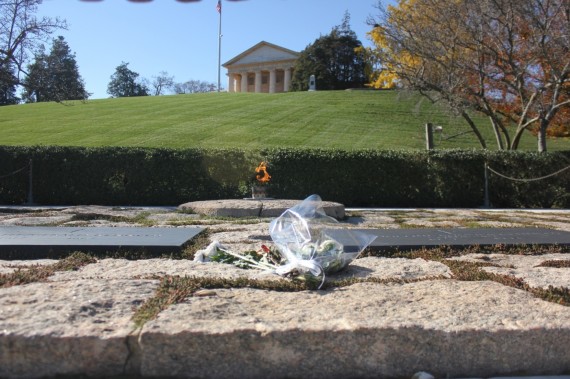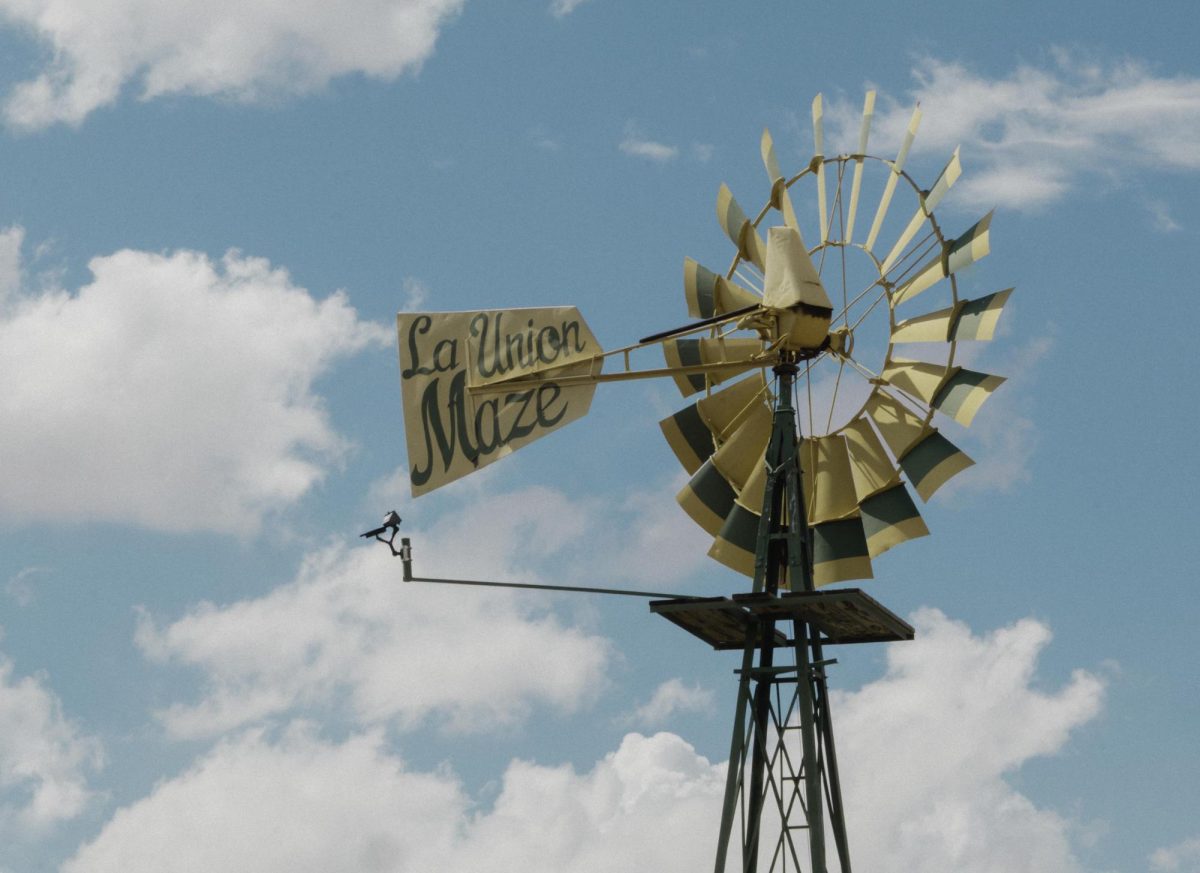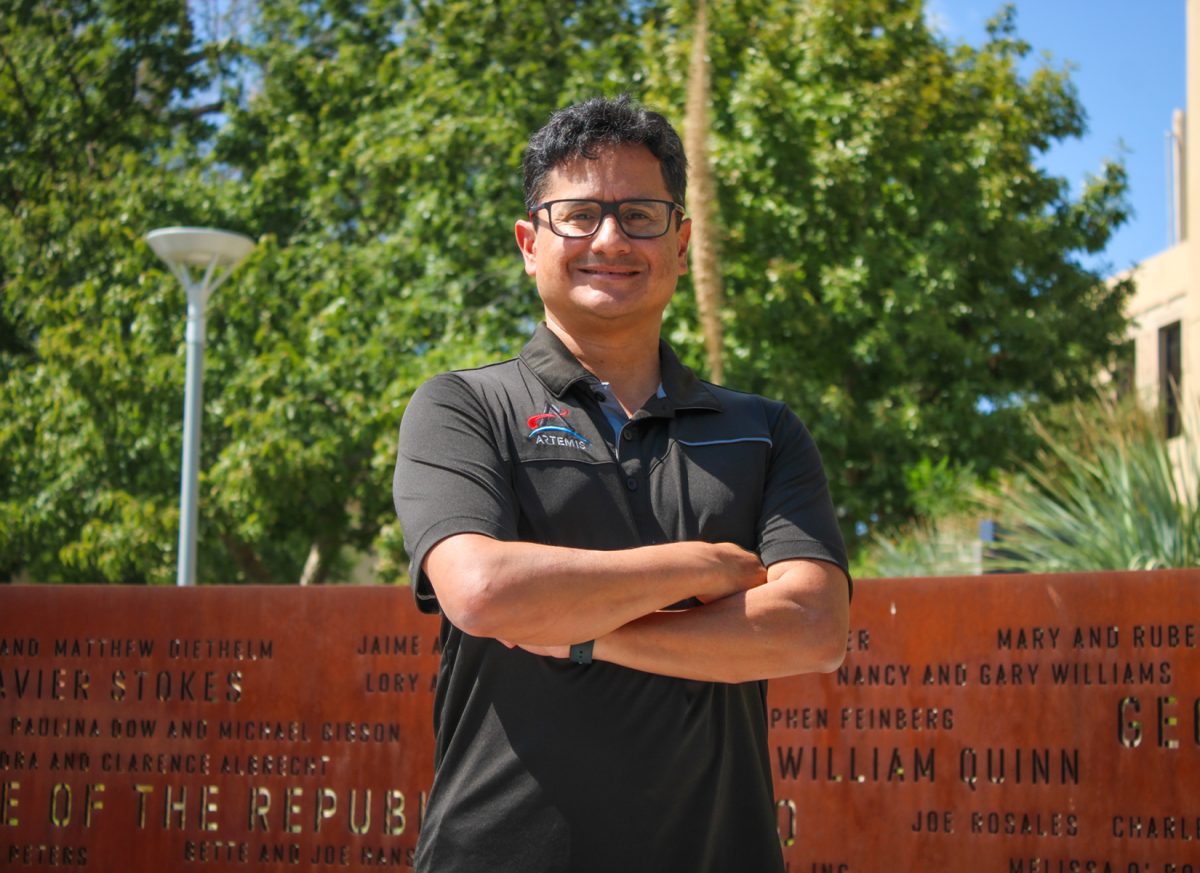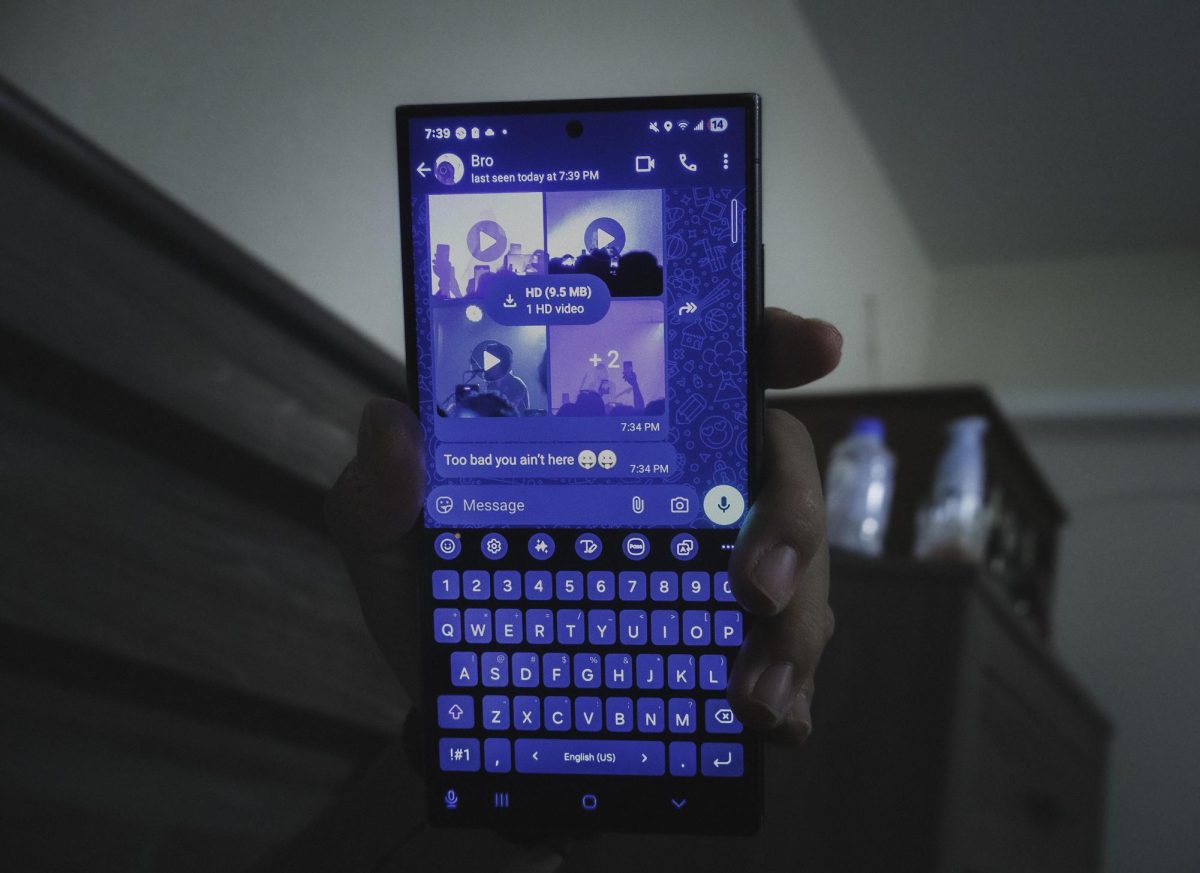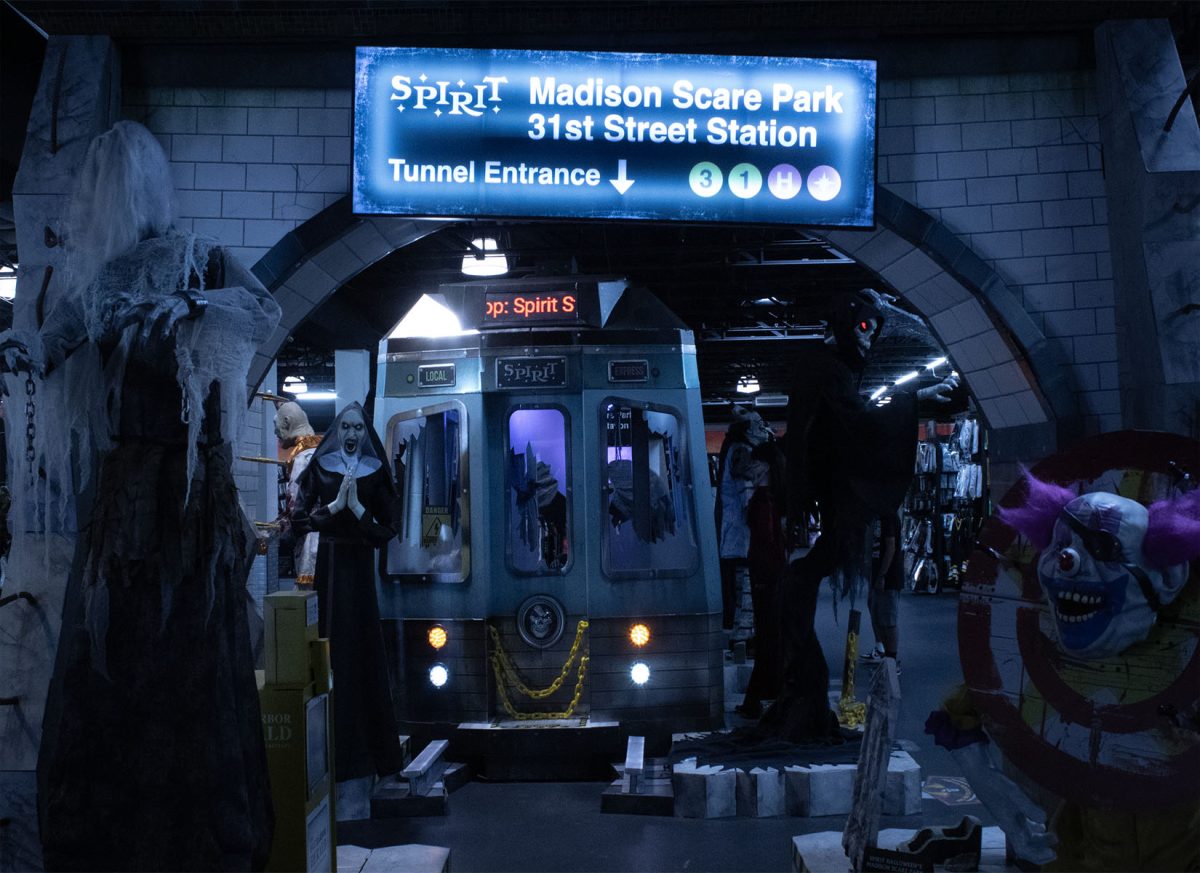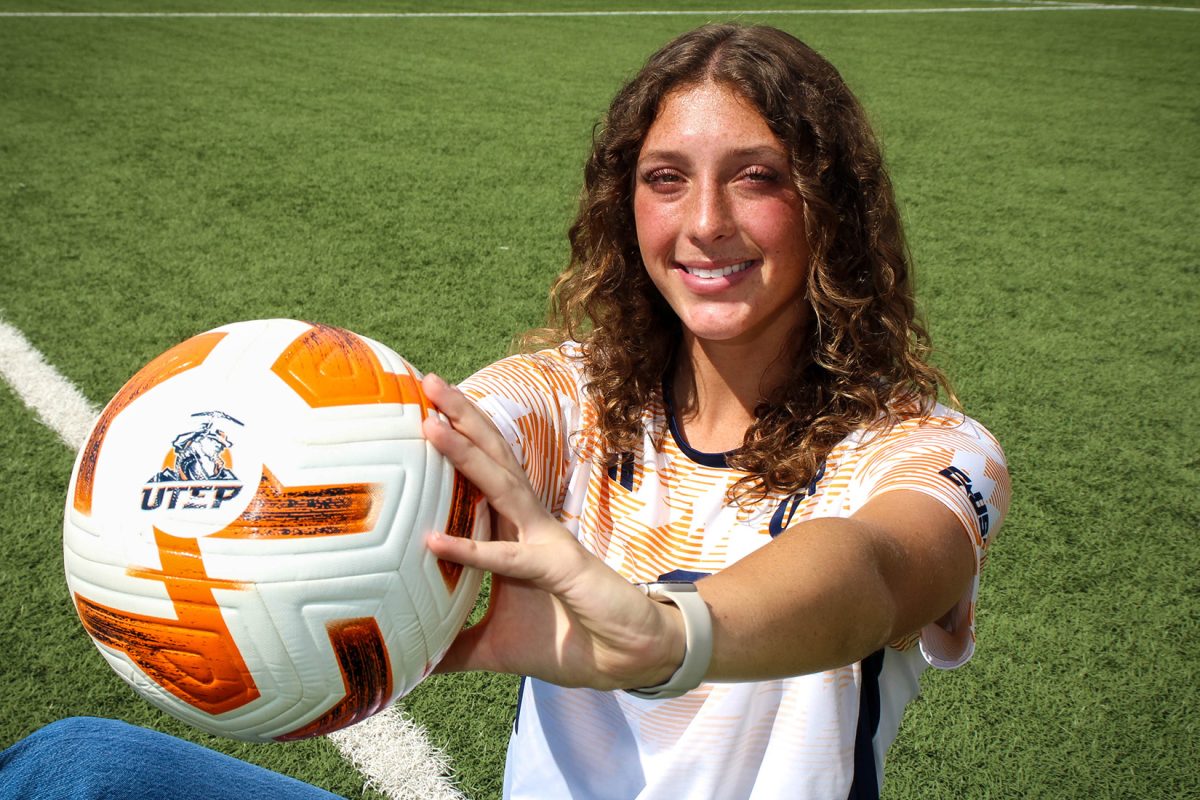<iframe width=”640″ height=”360″ src=”//www.youtube.com/embed/-RjZUeaw0rI” frameborder=”0″ allowfullscreen></iframe>
WASHINGTON – There was one thing Warren Hensley, then 5, thought about after hearing of President John F. Kennedy’s assassination.
“I thought, ‘I get to go home today,’” Hensley, 55, remembered almost 50 years to the day. “We didn’t really understand what was going on.”
Hensley’s parents, James and Audrey, of Huntington Beach, Calif., were very active politically then (their house even served as a polling station for a few years), and they took the news of Kennedy’s death seriously.
“It was kind of something that wasn’t talked about,” the bartender at Lindy’s Red Lion, said.
When he and his classmates went back to school, Hensley remembers being taught about Kennedy and the U.S. presidency. A year after Kennedy’s death, he and his family took a vacation to Washington, visiting the gravesite at Arlington National Cemetery.
His parents were also present at the Ambassador Hotel in Los Angeles, when the president’s brother Robert F. Kennedy, was assassinated by Sirhan Sirhan in the early morning of June 5, 1968.
Those not from the U.S. knew the president’s death was an important event in history as well.
“We really considered him a leader of the world,” Fabiola de Vaca, 69, said.
She and her husband, Marco Vaca, 72, of Ecuador, were college students when the assassination happened.
Now both retired, de Vaca said she and her husband came back to the U.S. to commemorate the 50th anniversary of Kennedy’s death.
“It was so unbelievable,” she said. “It was the shock of seeing someone we admire go in that way. It never goes away.”
The investigation into the assassination, known as the Warren Commission Report, concluded that Lee Harvey Oswald acted alone in shooting Kennedy.
Despite this, conspiracy theories about the assassination persist; a Nov. 15 Gallup Poll said 61 percent of Americans believe others besides Oswald were involved in the shooting.
Cathy Faraj, 65, a retired school teacher from Centreville, Va., said after believing the Warren Commission’s story for many years, she isn’t so sure now.
“But now we’re getting a lot of revelations coming out, and I think we might have to re-examine that question again because it was pretty sophisticated and some people are saying there’s some alterations of the autopsy pictures and so I don’t know,” she said. “I’m kind of waffling now on this, whereas I was really very much an anti-conspiracy theory person.”
Brad Cameron, 30, an airline crew scheduling coordinator, who was visiting Washington, recently watched a documentary about the assassination and has visited Dealey Plaza in downtown Dallas, where he examined the points of interest such as the Texas School Book Depository and the “X” marking the spot on the street where the 35th President of the United States was shot.
“I can see the angle that they were talking about by the grassy knoll where a shot may have come back, but then they talk about the angle of the head,” the Indianapolis resident said. “How it went forward and how the bullet that hit the governor as well would have had to take, like, a turn or a couple of turns. So, it’s really hard to say.”
The President John F. Kennedy Assassination Records Collection Act of 1992 required all materials associated with the assassination to be housed in one collection in the National Archives, declassifying 98 percent of the Warren Commission Report in the process.
Reach Sean Bradley at [email protected].


